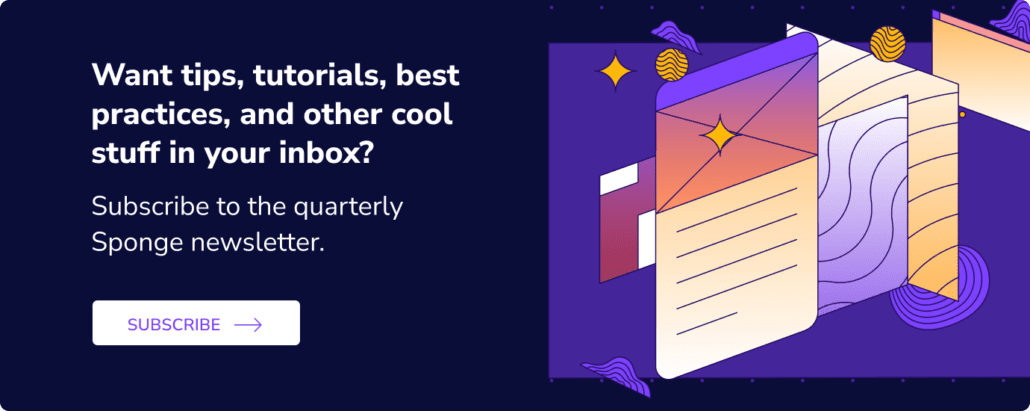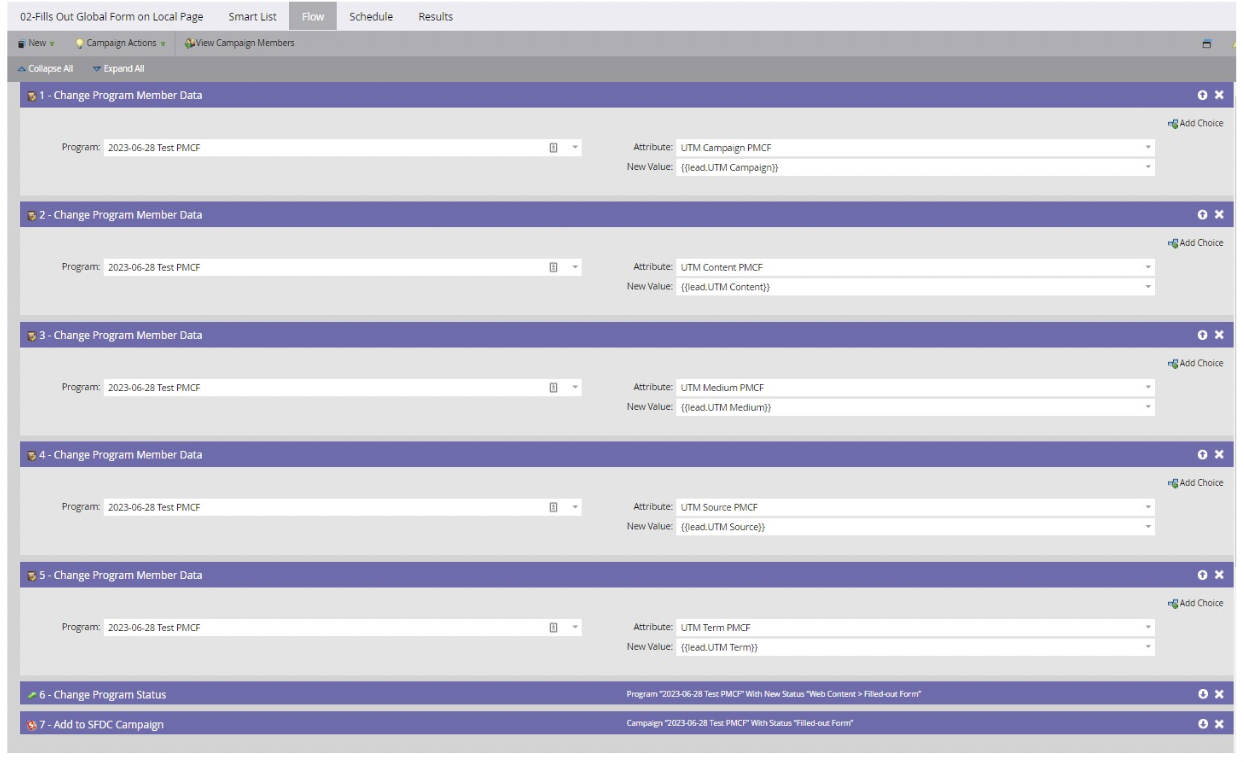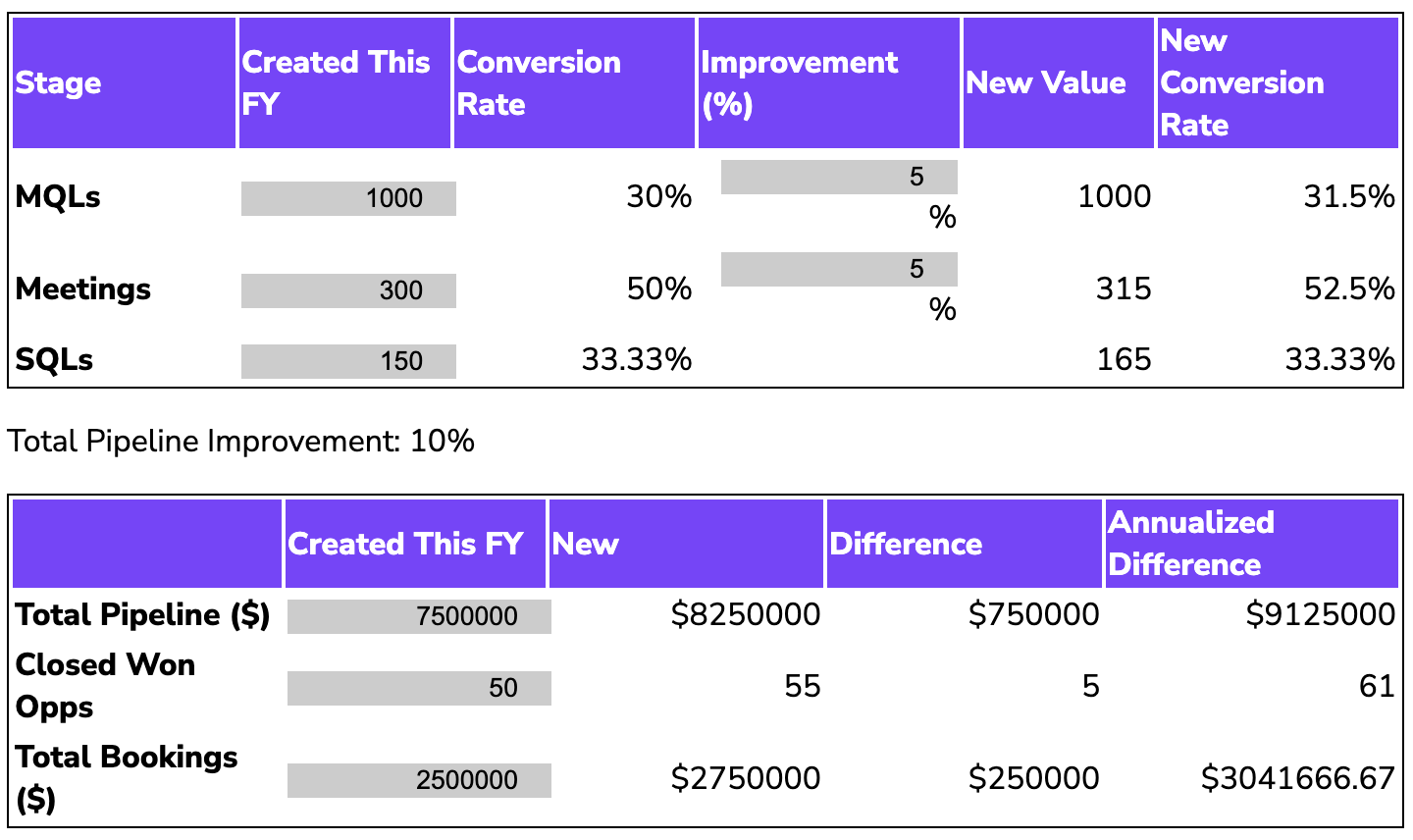It’s pretty redundant to say Salesforce is designed for Sales people. But as a marketer, that’s where all the good data is. I want in, and I’m not alone. Lately I’ve been working with a couple thoughtful clients who also want to customize Salesforce for their Customer Success teams. Here’s what I’ve learned about the enormous upside of Customer Success teams customizing Salesforce to organize onboarding and implementations, or track any account milestone.
>> Related: How to Build a SLA Alert in Salesforce <<
In this post:
Opportunity 1: A seamless handoff from Sales to Customer Success
When you sign a new customer, there’s a flurry of activity: provisioning an instance, scheduling a kickoff, training users, connecting to data… The baton passes from AEs to the Customer team, and often across a few people quickly doing finite tasks.
This process is… messy and inconsistent to be honest. We see a lot of CS teams using project management tools (or Excel 🙈) to keep it organized. But, it should be in Salesforce, where:
- all the contact and deal data the AEs and Sales Engineers gathered gets passed forward.
- there are clear assignments and transitions at each stage.
- we know exactly where an account “is” on their onboarding journey.
- we can create and track KPIs,
- and we ultimately measure our success on account and team levels.
In short, we need to create a customer lifecycle, just like we do for leads:

Why do leads and opps get all the love?
Opportunity 2: Create siloed data architecture unique to the Customer Success team
Customer Success teams have unique data architecture, because the buyer is rarely the end user or support POC.
Customer Success can exactly customize Salesforce to their requirements. You can create new user records, design specific page layouts, deploy new custom fields, and even create unique custom objects (like “buyer” or “department” inside huge enterprise accounts). With permissions, you control who can see what, and how fields get mapped when Opportunities close.
Because your end users and/or support contacts are in Salesforce, you can also get organized using Salesforce plug ins like Cloud Coach (and keep records of everything in SFDC).
Opportunity 3: Less manual tracking and nagging
CS account managers should not feel like “naggers in chief.” You can build triggers off the customer lifecycle and automatically send emails when customers hit milestones, pushing them to the next stage. You can also automate email nudges when customers languish in a stage.
Now that CS managers aren’t tracking each step for each customer manually, they can:
- focus on training and enablement — yanno, the thing they were hired to do,
- schedule regular reports, see who is stuck, and triage their outreach,
- and actually get home on time!
Opportunity 4: One universal onboarding experience
So much of a customer’s experience is driven by their account manager’s tenure, and sometimes even the documentation saved to a desktop. The onboarding process is when expectations are highest, but it can really feel slapped together.
What makes customers confident? Up-to-date content and documentation. Proactive recommendations. Delivering what you promised. And consistency.
Templatizing the process ensures all customers feel like they’re getting the VIP treatment. It also means the entire team gets smarter, because good ideas get folded in for everyone to use. It’s also easier to change and implement new docs, processes, or SLAs across the entire team.
Opportunity 5: Marketers can enrich customer stories
Any other marketer simply dread “Gartner survey season”? When you’ve got 14 days to find 75 happy customers across 5 geographies and 5 industries? It’s so hard to find evangelists, and I always feel guilty asking the entire CS team to comb through a spreadsheet.
The appeal of milestone data (and customer satisfaction data) is with a couple clicks we’d see who’s ready to do a case study, present a webinar, join a referral call, or answer a survey.
If you run your Net Promoter Score or satisfaction surveys in SurveyMonkey, the survey responses can sync back to the account in Salesforce. A savvy team would automatically trigger the CS manager or AE to investigate crummy scores, or read individual comments.
Opportunity 6: Sales reps are more personal and proactive
By design, most Sales teams aren’t hands-on with existing customers. But it’s a bad look to swing into an inbox every 12 months with a generic renewal contract. There’s a real opportunity here to personalize the pitch, recommend specific services and products, and not wait 12 months to have a comprehensive status meeting with the entire account team. If a customer can’t get through implementation within 3 months, why wait to pitch them additional services?
I’m so excited to create more of these programs. If you’re ready to automate the onboarding process in Salesforce, get in touch!





